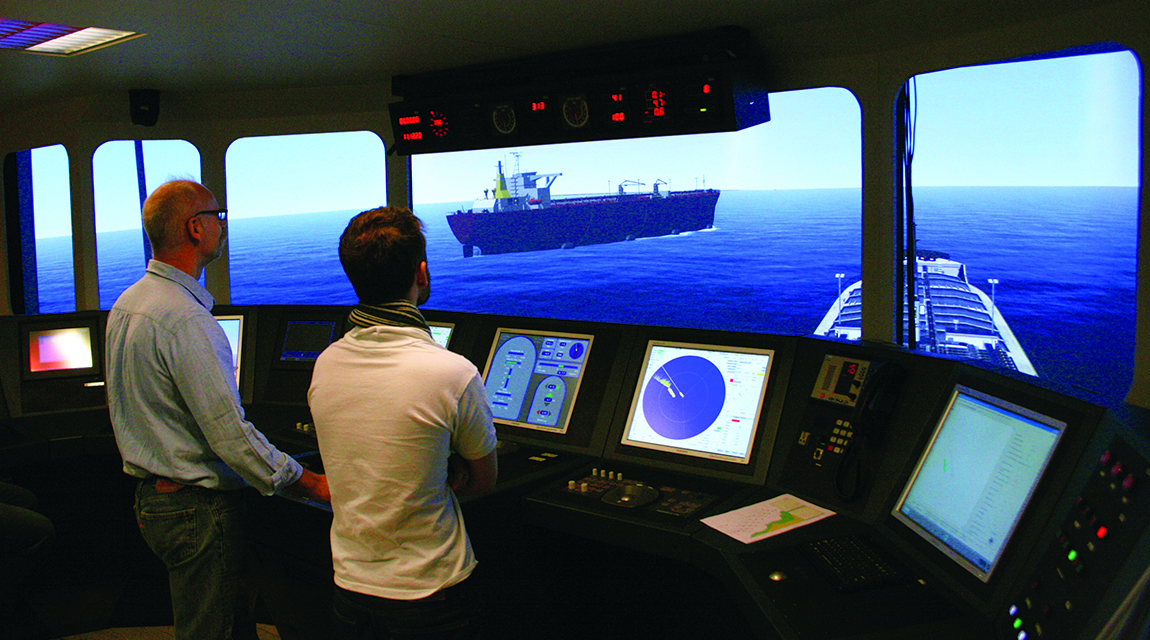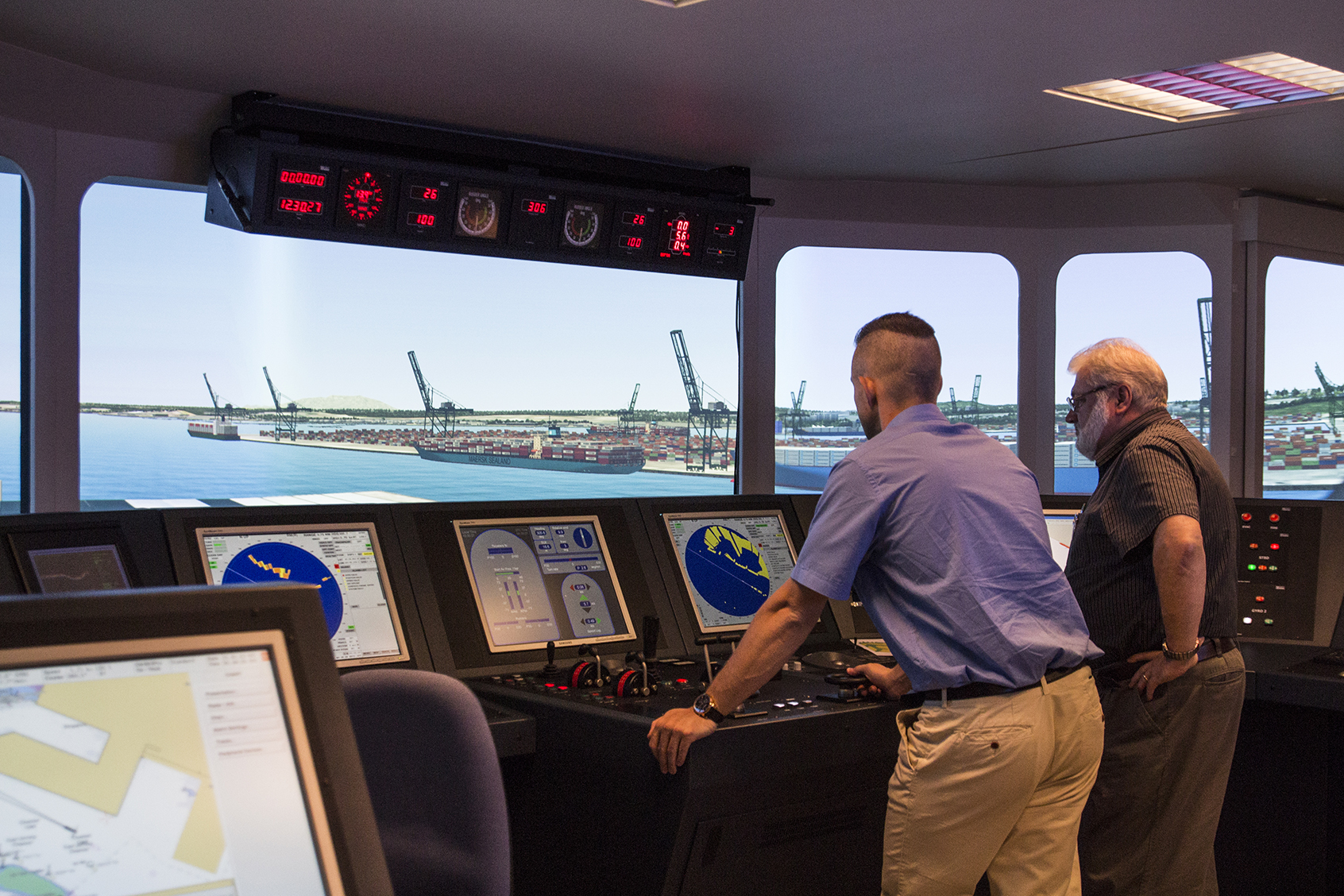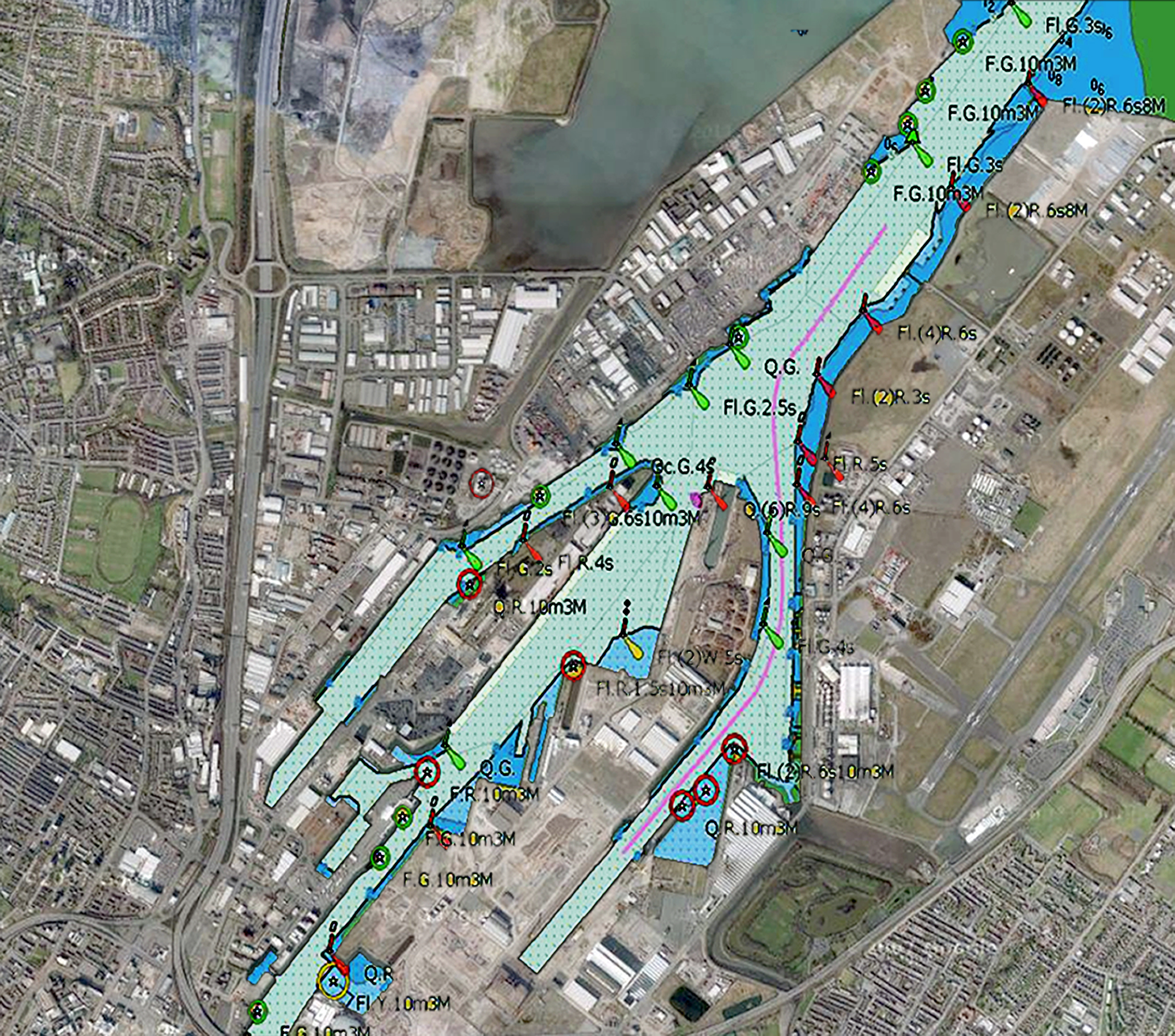Ship simulator training of pilots and tug masters
Napier Port first NZ port to invest in a ship simulator system from FORCE Technology.
Napier Port has become the first New Zealand port to invest in a Simflex4 ship simulator system from FORCE Technology in Denmark, which will help the port to train pilots and tug masters in a safer, more controlled environment. The system is set to be commissioned in August 2020, with its purchase fast-tracked by the port due to COVID-19 and the inability of the port’s teams to travel internationally for training.
The simulator will be used to help improve efficiency and safety at the port by allowing teams to practice more difficult manoeuvring strategies that replicate real, local conditions. The system is also relatively portable, and Napier Port are keen to explore opportunities to provide access to other smaller ports in New Zealand and the Pacific.
The benefits of a simulation centre
If Napier Port wants to train e.g. more tricky scenarios, they can do it on their own facility first and then later bring the exercise to a full-mission training centre such as SmartShip in Brisbane or FORCE Technology’s simulator facility in Singapore. Thereby the time on a full-mission simulator can be utilized more efficiently and add more value to the pilots training.The SimFlex4 simulator software is the same at all installations and thereby offers the painless transfer of data between simulator installations. This is obviously a great advantage for those investing in a FORCE simulator system.
Like Port of Napier other New Zealand ports can benefit from having their own simulator facility to perform the day-to-day training and development of manoeuvring strategies in e.g. unusual weather conditions.
Napier port ship simulator
The system consists of two simulator bridges linked together so the port can train port pilots and tug masters either individually or together.The main simulator can be used for commercial ships such as container, bulker, tanker, cruise ships and others but can also be used for ASD and VSP tugs. The simulator has three 55” screens forming a 120 deg. visual view from the bridge. The visual view direction can be turned with a joystick to cover 360 deg. view which is useful e.g. when doing astern berthing manoeuvres. The simulator is equipped with Lilaas marine standard handles for conventional propulsion and for ASD and VSP unit control.

The secondary simulator is an assisted ship simulator, which is used when doing joined training of a pilot and tug master. The tug master will use the main simulator for his tug and the pilot will control the assisted ship entering or departing the port. If more than one tug is needed the pilot can add vector tugs that he can control from a panel. The tug master controls his tug, based on pilot orders, using the ASD handles.

The simulator is started, stopped and controlled from an OCC (Operators Control console) station. This is also where pilots and tug masters define and save their exercises and control weather conditions, vector tugs etc. The simulator system is expected to be delivered in August 2020.
The SimFlex4 simulator is very flexible as it is based on standard high-end hardware in a modular set-up. A simulator can be configured as a stand-alone installation or in a cluster. It can be set-up with real instruments such as radar and ECDIS systems or generic instruments and can be expanded over time. FORCE Technology has presently more than 50 SimFlex4 simulators installed around the world.




